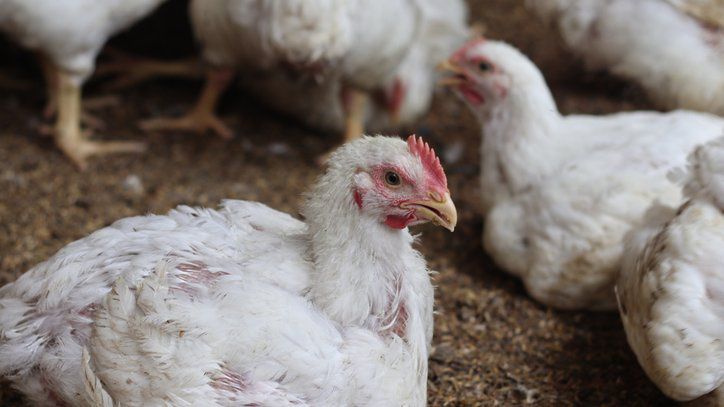The Hawaii Department of Health are conducting tests for individuals who came into contact with a flock of birds infected with H5N1.
No humans in Hawaii have tested positive for avian influenza at this time, according to the DOH.
DOH says 54 individuals have been investigated for potential exposure. Of these individuals, 34 were offered testing because they were exposed to the infected birds without “adequate personal protective equipment” within the past 10 days or because they had developed respiratory symptoms within 10 days of contact with the birds.
Of the 34, the 29 who agreed to be tested included 13 who had at least one symptom of respiratory infection and 16 who had no symptoms. All who were considered high risk for exposure to H5N1, due to extended direct contact with visibly sick, dying or dead birds, agreed to be tested.
DOH officials conducted tests by collecting swabs from the nasopharynx, nose, throat and/or conjunctiva that were tested by polymerase chain reaction at the State Laboratories Division.
Results for the 29 individuals were negative for avian influenza though two of them tested positive for common cold viruses.
The investigation of individuals who interacted with ducks or geese at the Mililani Pet Fair on Nov. 2 is ongoing. At least four of these individuals have been tested for avian influenza and are negative. DOH says they will share results as they become available.
Working with the U.S. Department of Defense to identify individuals with potential exposure, DOH says individuals have been tested and there are no confirmed cases.
The National Veterinary Services Laboratory has confirmed the strain of avian influenza of the infected flock as clade 2.3.4.4b, genotype A3. The A3 genotype was first identified in wild birds in Alaska in 2022. Identifying this genotype supports the theory that H5N1 was introduced in Hawaii by migratory wild birds.
DOH says this genotype of the virus is different from the one that has infected dairy cows on the mainland and also different from the genotype reported in a critically ill adolescent in British Columbia. It’s unknown whether genotype A3 is likely to infect humans or other mammals.
Although results thus far are reassuring, DOH urges the public to exercise caution by avoiding close contact with wild birds and not approaching birds that look sick or have died. They ask the public to report sick or dead birds — especially if there are multiple birds or look unusual — to the Department of Agriculture at 808-483-7106, 7:45 a.m. to 4:30 p.m. Monday to Friday, or at 808-837-8092 during non-business hours and holidays.
Anyone who has recently visited or worked on a farm in another state with known or suspected H5N1 should contact the Hawaii Department of Health Disease Reporting Line at 808-586-4586 for a risk assessment via phone.
More information on avian influenza is available on the DOH website.



